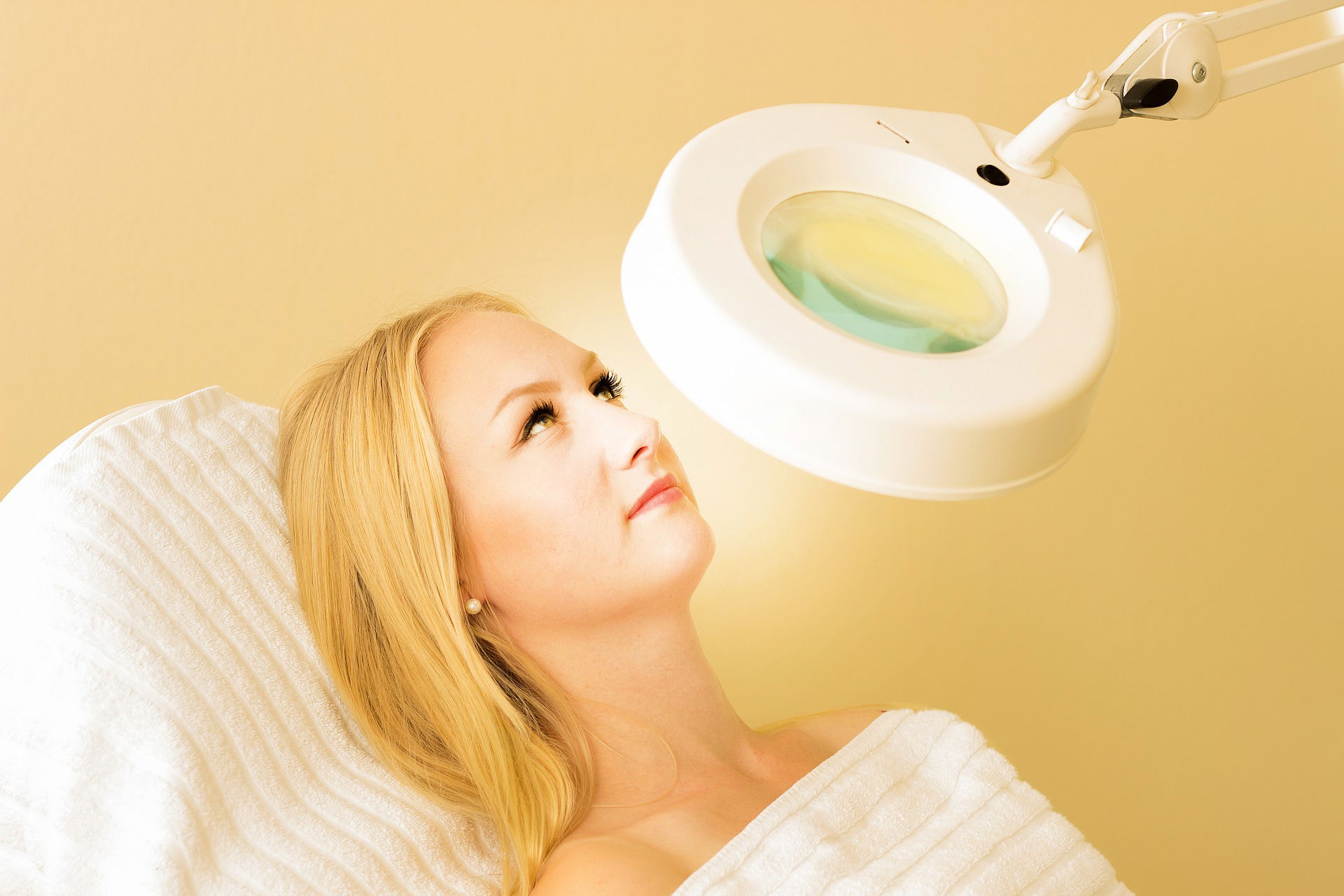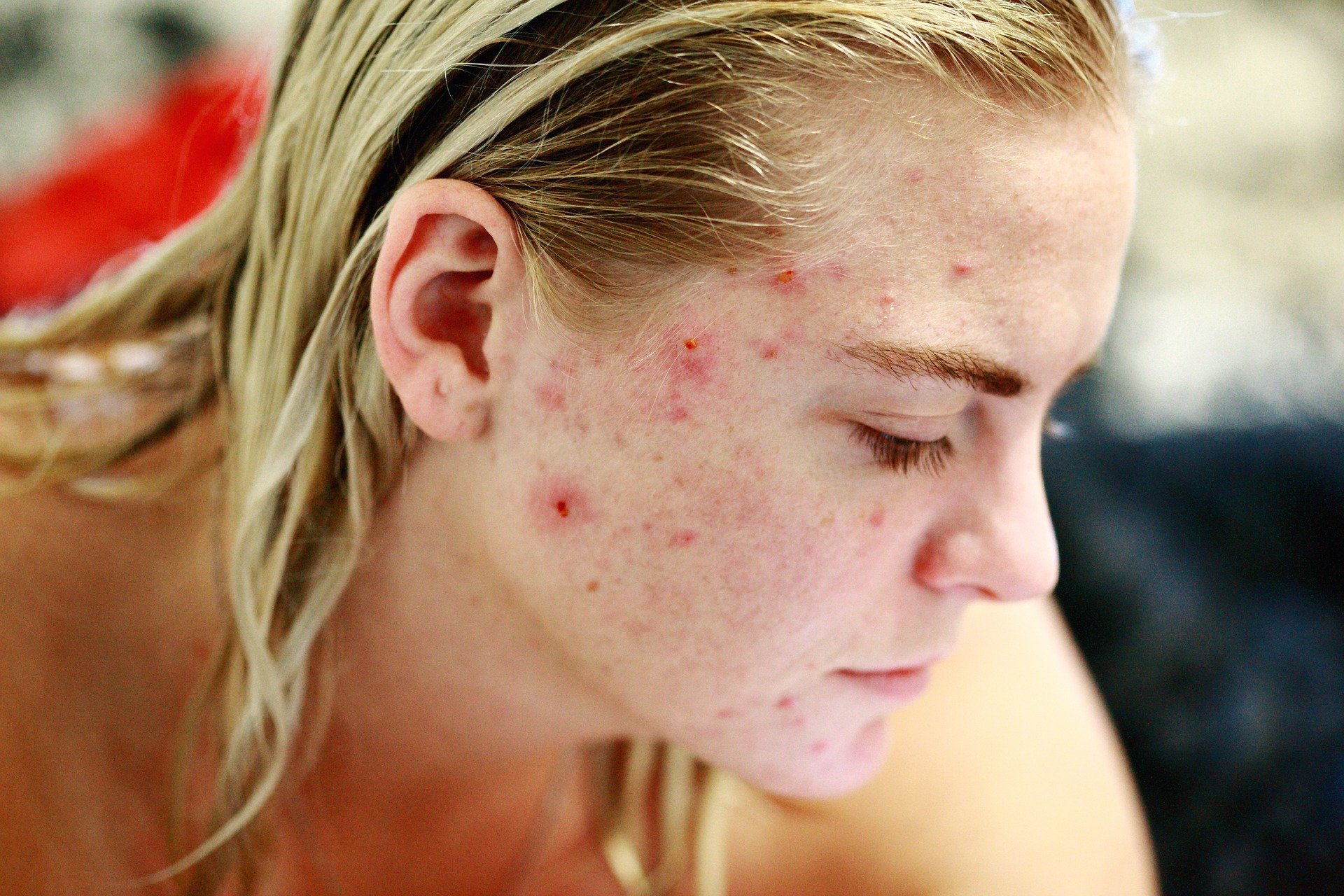Cosmetic Allergies and Sensitivities: How to Avoid and Manage Them
Cosmetics are an integral part of our daily grooming routines, helping us enhance our natural beauty and express our individuality. However, for some individuals, the pursuit of beauty comes with a price - allergic reactions and sensitivities to cosmetic products. These reactions can range from mild skin irritation to severe allergic dermatitis, causing discomfort and distress. In this comprehensive guide, we will delve into the world of cosmetic allergies and sensitivities, explore their causes, symptoms, and, most importantly, offer tips on how to avoid and manage them effectively. To ensure the accuracy and reliability of the information presented, we have gathered insights from reputable sources in dermatology and skincare.

Understanding Cosmetic Allergies and Sensitivities
What Are Cosmetic Allergies and Sensitivities?
Cosmetic allergies and sensitivities are adverse reactions that occur when the skin comes into contact with certain ingredients found in beauty and skincare products. These reactions can manifest in various ways, such as redness, itching, burning, swelling, hives, or even blisters. In more severe cases, individuals may experience contact dermatitis, a painful skin condition characterized by inflammation, scaling, and oozing.
Common Allergens and Irritants
Several ingredients are known to trigger cosmetic allergies and sensitivities:
Fragrances: Fragrance ingredients are among the leading culprits, causing allergic reactions in many individuals. These include synthetic fragrances and essential oils.
Preservatives: Certain preservatives, like parabens and formaldehyde-releasing agents, can lead to allergic reactions.
Nickel: Often found in eyeshadows, mascara, and nail polish, nickel is a common allergen that can cause eyelid dermatitis.
Hair Dye: Hair dye chemicals, such as paraphenylenediamine (PPD), can provoke allergic reactions, even on the scalp.
Lanolin: An ingredient derived from sheep's wool, lanolin can lead to contact dermatitis in some people.
Sunscreen Chemicals: Some chemical sunscreens, like oxybenzone, can cause skin irritation and allergic reactions.
How to Avoid Cosmetic Allergies and Sensitivities
Prevention is key when it comes to cosmetic allergies and sensitivities. Here's how to reduce your risk:
Patch Test: Before using a new product, perform a patch test on a small area of your skin to check for any adverse reactions.
Read Labels: Carefully read product labels to identify potential allergens and irritants. Look for products labeled as hypoallergenic or designed for sensitive skin.
Fragrance-Free: Opt for fragrance-free products, especially if you have a history of fragrance allergies.
Avoid High-Risk Areas: Be cautious when applying products near sensitive areas like the eyes, lips, and genital area.
Natural and Organic Products: Consider using natural and organic cosmetics, as they are less likely to contain harsh chemicals.
Minimize Product Layering: Limit the number of products you use simultaneously to reduce the risk of ingredient interactions.
Managing Cosmetic Allergies and Sensitivities
If you do experience an allergic reaction or sensitivity to a cosmetic product, here's what you can do to manage it:
Stop Using the Product: Discontinue using the product immediately to prevent further irritation.
Wash the Affected Area: Gently cleanse the affected area with a mild, fragrance-free soap or cleanser.
Apply a Cold Compress: A cold compress can help alleviate itching and reduce inflammation.
Topical Steroids: Over-the-counter or prescription topical steroids can be used to reduce redness and inflammation.
Antihistamines: Oral antihistamines can help relieve itching and other allergy symptoms.
Consult a Dermatologist: If your symptoms persist or worsen, seek medical advice from a dermatologist. They can conduct patch testing to identify specific allergens and recommend suitable products for your skin.

Conclusion
Cosmetic allergies and sensitivities can disrupt your beauty routine and cause discomfort. However, with awareness, caution, and proper management, you can minimize your risk of experiencing these adverse reactions. Always prioritize your skin's health and safety by choosing products that are suitable for your skin type and conducting patch tests when trying new cosmetics. In case of any doubt or persistent symptoms, consult a dermatologist for professional guidance and treatment. Beautiful, healthy skin is achievable with the right knowledge and care.